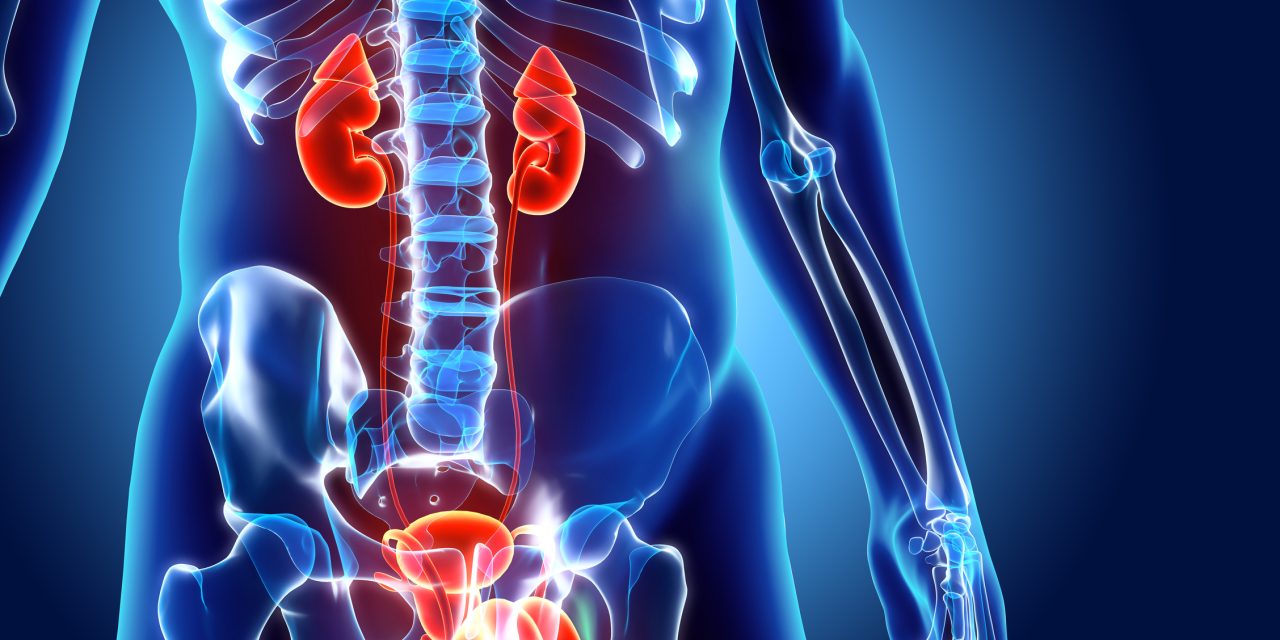The current results show that lower urinary tract symptoms (LUTS) and erectile dysfunction (ED) are co-prevalent conditions. The objective of this study was to determine which LUTS among seven items on the International Prostate Symptom Scores (IPSS) were related to ED in the general population.
The Korean Internet Sexuality Survey was performed in 2006 and 2016. We sent emails and surveyed the panelists registered at an Internet survey agency. The inclusion criteria were sexually active men aged between 20 and 69. Data, including the International Index of Erectile Function-5 (IIEF-5) and IPSS scores were extracted from the surveys. Logistic regression analyses were performed to determine the factors related to ‘any degree of ED’ (IIEF-5 < 22) or 'more than mild ED' (IIEF-5 < 17).
The mean age of 1464 men was 39.2 ± 11.4 years. The mean total IPSS and IIEF-5 scores were 7.2 ± 6.5 and 20.8 ± 3.3 points, respectively. The IIEF-5 and total IPSS scores showed significant negative relationships (r = - 0.251, p < 0.001). Among the seven IPSS items, IPSS 5 (weak stream, r = - 0.243, p < 0.001) was most strongly correlated with the IIEF-5 scores. On multivariate analysis, IPSS 3 (intermittency, OR 0.160, 95% CI 1.010-1.333, p = 0.035) and IPSS 7 (nocturia, OR 1.238, 95% CI 1.077-1.423, p = 0.003) were significantly related to 'any degree of ED'. 'More than mild ED' was significantly related to IPSS 5 (weak stream, OR 1.267, 95% CI 1.058-1.518, p = 0.010).
Every LUTS listed in the IPSS items was negatively correlated with erectile function. Among the seven IPSS items, IPSS 5 (weak stream) was the most related to ‘more than mild ED’.
Relationship between each IPSS item score and erectile dysfunction in the Korean Internet Sexuality Survey (KISS): do men with weak streams have low sexual function?


